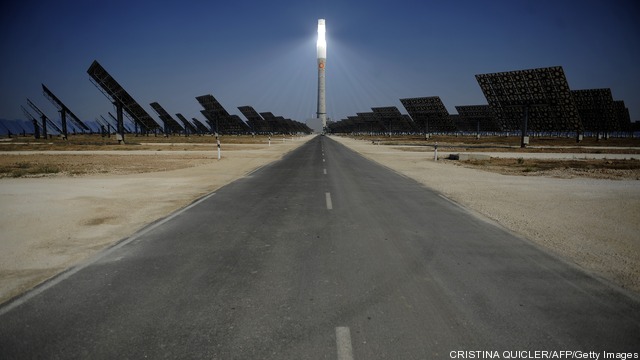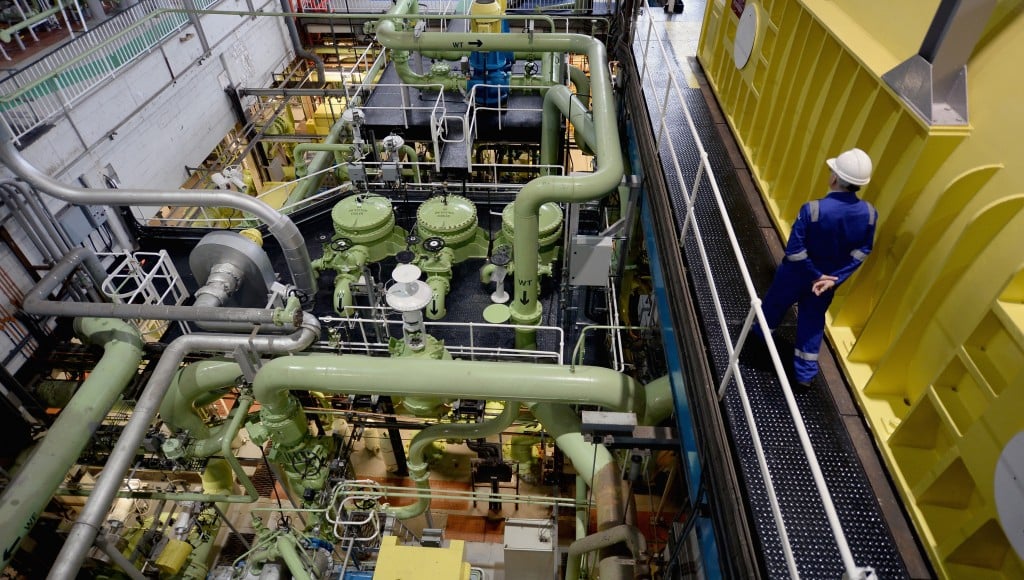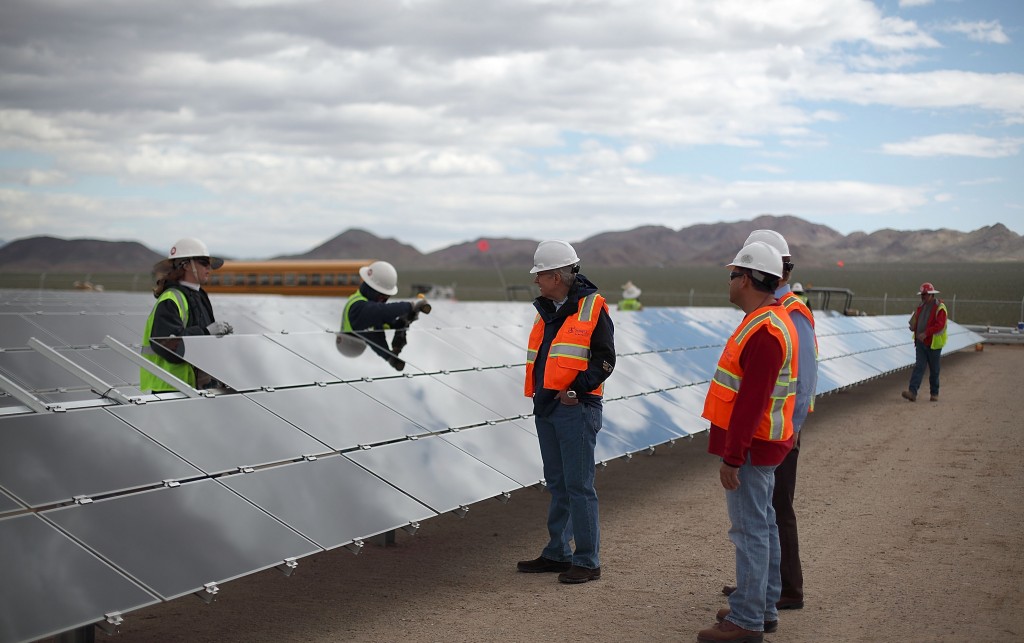As the 2014 midterm elections come to a close, several key senate races remain too close to call. This electoral uncertainty, however, has not stopped many members of Congress from preparing for a brief but intense Lame Duck session or from looking further down the road to the next Congress. House Majority Leader Kevin McCarthy (R-CA) released a memorandum on October 22 predicting that a Republican-controlled Senate would approve House-passed bills to eliminate the need for presidential permits for cross-border energy projects like the Keystone XL pipeline, establish deadlines for federal agencies to approve permits for constructing new natural gas pipelines, and streamline the permitting process for certain mining projects. Majority Leader McCarthy also said that the House will continue regulatory reform efforts that have stalled in the Senate.
Construction
Energy Technology Connections: Your Law Firm Link to Industry News – November 2014
By Mintz Levin - Energy & Clean Technology MattersSign up and get Breaking Energy news in your inbox.
We will never sell or share your information without your consent. See our privacy policy.Nuclear faces a somewhat uncertain future in the US, owing to questions about costs – especially in an era of cheap natural gas – as well as safety concerns and public acceptance issues in the wake of the Fukushima Daiichi disaster. But another pressing concern for the industry is how to fill rapidly rising job vacancies… Keep reading →
DG Energy Partners’ new project valuation model, which lets developers conduct their own first-run economic analysis, is the latest in a suite of products designed to bridge the gap between solar projects and the financing they need to move forward. The model, currently in its beta, or first version, is a web-based interface that gives… Keep reading →
A government shutdown that lasts only a few weeks should have limited impact on the operations of oil and gas companies, such as drilling, plant construction, and other ongoing operations. A longer-term shutdown could be more debilitating, delaying progress on regulatory requirements, such as new permits, or environmental impact studies. Short-term impacts could be much… Keep reading →

The Shaw Group has agreed to be bought by CB&I in a cash and stock transaction valued at $3 billion, creating one of the world’s largest engineering and construction companies focused on the global energy industry. Under the terms of the deal, CB&I, also known as Chicago Bridge & Iron, will pay $46 a share in cash and stock, about $41 in cash and $5 in CB&I equity, representing a premium of 72% over Shaw’s closing price on Friday. CB&I plans to operate Shaw as a business sector under the brand name CB&I Shaw, where it will retain Shaw’s brand equity and allow the combined organization to recognize synergies and capitalize on both companies’ resources and capacity.

Jeanine Cotter’s two-hour commute from her San Francisco home to her job as in-house counsel at software maker Intuit gave her plenty of time to think — mostly about how much she disliked commuting. “It was nonproductive time,” says Cotter, age 46, who began making the drive in 2000. Those lost hours, combined with the demands of her work, made it difficult for her to meet her family’s needs. “It was hard to find balance,” recalls the mom of three. Having seen entrepreneurs in action — small business was the core of Intuit’s customer base — Cotter admired their flexibility, and she began itching to start her own company. Around 2004, conversations with her parents and husband, all of whom had experience in renewable energy, got her thinking about solar contracting.

“Prediction is very difficult, especially if it’s about the future,” quipped Niels Bohr. And so it is with the uranium industry. Some uranium companies and several nations with an interest in the sector are bullish, while some analysts strike a more cautious note. Despite lacking a crystal ball, it is possible to offer a reasonably confident analysis of how the industry will fare going forward.
All such predictions are guided by one fact: The effects on the nuclear industry of the Fukushima accident in Japan-whose one-year anniversary is March 11-is less than some pundits had feared, and in turn this will have less of a negative impact on the uranium market overall. According to a report in the Washington Post last October, for example, the Czech Republic is planning to sharply increase its nuclear power production. That nation currently relies on six nuclear reactors for 33% of its total electricity, and the government hopes to at least double that output by the year 2050. In its decision to pursue nuclear power, the Czechs are not alone: Slovakia is currently building more nuclear facilities, and Poland has engaged in talks with companies in France, Japan and the U.S. about technology for its first nuclear plant to be completed by 2030. Keep reading →

The leading U.S. solar-industry lobbying group says a tax provision that expires at the end of this year will create some 37,000 additional jobs in 2012 if it is extended by Congress. And if it’s not? In a press conference, Solar Energy Industries Association (SEIA) chief Rhone Resch said killing the Section 1603 Treasury Program “would essentially amount to a massive tax increase … that would reduce jobs significantly.”
The 1603 provision allows renewable energy developers to receive a grant for up to 30 percent of the cost of a project, once it goes online, in lieu of claiming an energy tax credit. The grant option was instituted for two years in 2009, as the financial crisis froze up tax equity markets. After heavy lobbying late last year it was extended through the end of this year. Keep reading →




